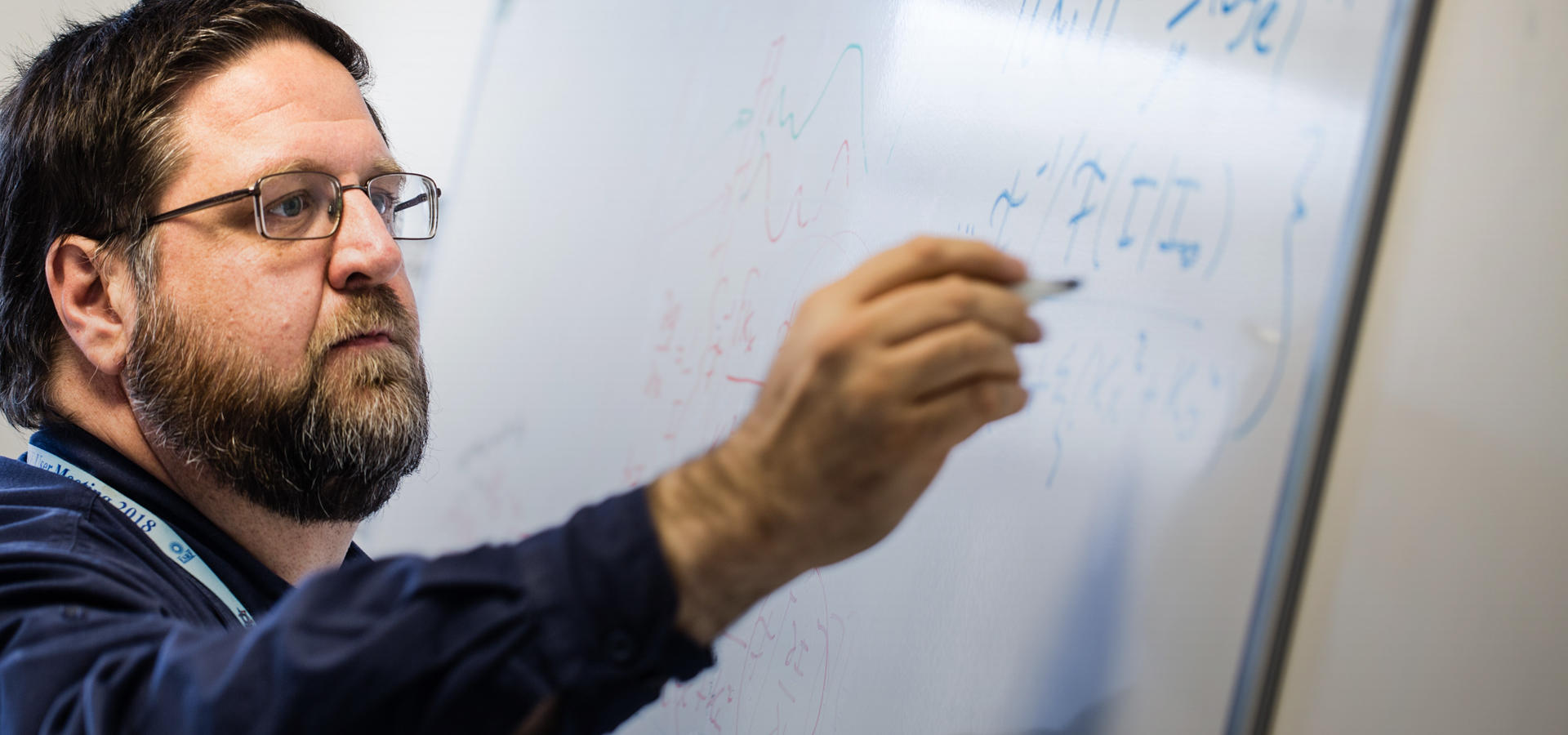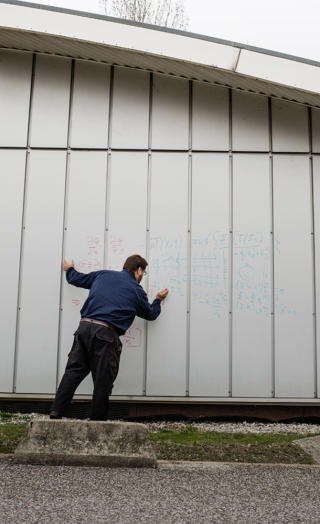I love the simplicity and elegance of mathematical equations. Mathematics applied to physics is like a language, you are bound to follow some rules, but it is not as rigid as you may think. There is a degree of unexpectedness, you need to assume that anything is possible. I write equations that can solve scientific challenges. Almost two decades ago, a colleague asked me to help her find a way to process and understand the images she had acquired using non-synchrotron radiation X-rays. I came up with a method to enhance her excellent data. I didn’t think much more about it, but then in the last 8 or so years the method really took off. I had absolutely no idea to what extent the synchrotron radiation community was using the method worldwide, but for them it’s as though the beam is thousands of times brighter, and the acquisition time is drastically reduced. I still find it slightly bewildering and I think there has been an element of luck in this success. I am a low-tech guy, I just need a blackboard and some chalk in my job, and it’s amusing that what I am doing serves for high-tech experiments.
I quit my paid university job over two years ago because I felt I was not evolving any more. Today I am still doing mathematical physics, but entirely on my own terms. I have total freedom and am quite at ease with uncertainty. Mathematics at a certain age can sometimes become less creative and complacent. I´d like to think that if I get to that point I would have the courage to walk away instead of being a travesty of what I was. After all, innovation is, to a degree, subversive, to go against convention.”
David Paganin is the author of the Paganin method for 3D X-ray imaging. He is an adjunct professor at Monash University in Australia where he taught theoretical physics and still carries out research.


